News
Tokenism, Coding, Baiting, and a Few Other Thing LGBTQ Horror Fans Are Over, Part 2
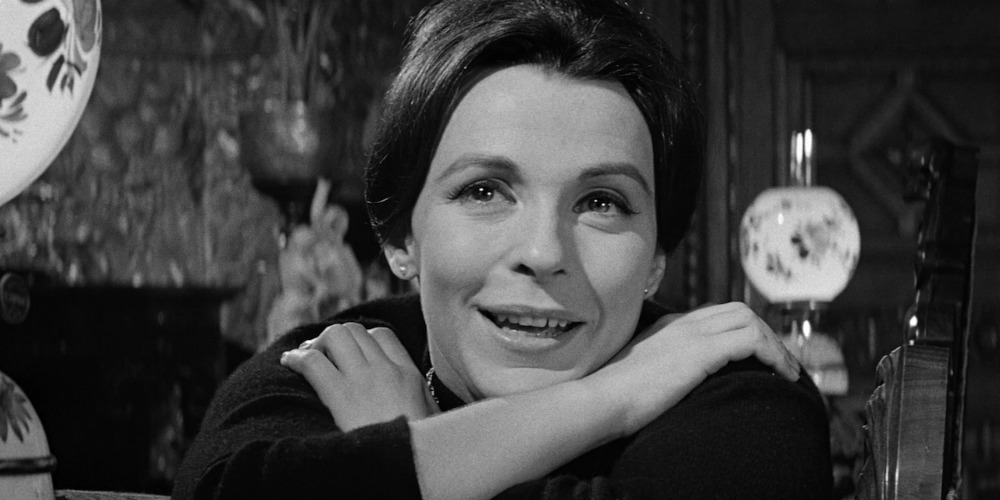
Welcome back to my little editorial series about some of the trends and tropes that have grown rather stale for the queer community in the horror genre. In the first part, we discussed tokenism, and here I’ll be digging into queer-coding and it’s history within the genre.
Queer-coding is the process of assigning queer traits to a character without ever actually coming out (see what I did there?) and saying explicitly that the character is gay. In film, especially, it was born out of the adoption of the Hays Code in the 1930s.
In the early days of film, without regulation, people went buck wild showing all kinds of things and exploring any number of themes. Without surprise, there was push-back from more conservative groups in the U.S. who thought that everyone’s morals were in danger of corruption because of the movies.
They went into Warren G. Harding’s cabinet and emerged with Postmaster General Will Hays who would become the president of the Motion Picture Producers and Distributors Association–the precursor to the current Motion Picture Association of America. Hays and his cohorts created a production code with a whole list of things that could not be shown on film.
While the code did not outright speak about queerness, it was nonetheless inferred in a passage that included statements as “the correct standards of life.”
You know, the one really good way of getting someone to do something is to tell them that they can’t do it.
Writers, directors, and actors rebelled in subtle ways against the Hays Code, even when Joseph Breen took over as the sole censor on the board who had the ability to re-write and re-cut any script that he saw fit.
And thus, queer-coding began to creep into films. Now, queer-coding, in and of itself, is not necessarily a negative thing. Like any other tool, it can be used for good or for bad. The writers could have used their talents to create characters that we could look back on with pride.
Sadly, it became all together easier, via queer-coding, to create stock characters like the sexually ambivalent sissy, the “hard woman,” and the predatory, obsessive villain.
This last became a standard in the horror genre especially.
Take, for instance, Dracula’s Daughter. Ostensibly based on Stoker’s short story, “Dracula’s Guest,” the film ended up having much more in common ultimately with Sheridan le Fanu’s Carmilla.
Here we see the Countess Marya Zaleska aka Dracula’s daughter who has sought the help of a psychiatrist to free herself from an evil influence. As bodies begin to pile up around, it’s easy, on a surface level, to read this influence as vampirism. It’s in the scenes with a young, beautiful, blonde model where things read differently.
Countess Zaleska tells Lili that she wants to paint her. She looks at her with obvious lust in her eyes. She tells her she’s beautiful and asks her to remove her blouse from her shoulders. She moves closer and closer, hypnotizing the young woman with a jewel before finally attacking.
Queer audiences everywhere saw the Countess as queer, and they also saw her die because of her “sins.”
Then there’s the beautiful and mysterious Irena from Val Lewton’s Cat People.
In the film, Irena, played by the remarkable Simone Simon, fears she is cursed to become a wild animal when she is sexually aroused…literally. Despite her reservations, Irena quickly falls in love with Oliver and the two are soon married. However, because of her problem she is unable to perform her “wifely duties” to Oliver.
She begins seeing a psychiatrist to try to overcome these feelings.
If you’re noticing a trend here, it’s not hard to reason why. At the time, being queer was considered a mental illness and many were sent to psychiatrists for “treatment.” Unfortunately, some still hold to this practice and conversion therapy has been forced upon more young people than I even care to imagine.
However, she cannot fully eliminate this “thing,” this “otherness” that she possesses. She describes the curse and recalls the village where she grew up as evil, filled with wicked people who did terrible things in a way that many relate to the story of Sodom and Gomorrah from the Bible, a tale that has been misinterpreted for centuries as a way to condemn the queer community.
Naturally, because she cannot overcome the thing that makes her “other,” she eventually gives in, transforming into a panther and attacking and killing her therapist. She races to a local zoo and opens a panther cage. The beast promptly mauls her before escaping and being killed itself.
When they find a dead panther lying at the door of the cage, Oliver mutters that Irena had never lied to them.
Unfortunately, Irena is just one in a long line of queer-coded characters who were fated to die because they could not change who they were.
Now, lest you think that women were the only ones subjected to queer-coding at the time, I’d like to draw your attention to both I was a Teenage Werewolf and I Was a Teenage Frankenstein. Both films were released in 1957 and both sported more than one not so cleverly coded characters in them.
First up, I Was a Teenage Werewolf starred young, hunky Michael Landon just a couple of years shy of his run on the western, Bonanza.
Tony Rivers (Landon) has an anger management issue, and after a few outbursts, he’s prompted to see a psychiatrist where he talks about this unnatural rage inside him. Dr. Brandon quickly recommends a form of regressive therapy for the young man.
At the time, regressive therapy was a popular “solution” for treatment of queerness. The thought was to take the patient back to the root of their desires and weed them out so they were no longer subject to their “unnatural desires.”
Dr. Brandon, however, takes it a step further, believing there are benefits to tapping into that primal nature, and even goes so far to suggest to Tony that he was once a wild beast and there would be benefits of returning to that state.
Before long, Brandon has released the beast in Tony who in turn begins killing people. It’s not a huge stretch of the imagination to equate his beastly visage with portrayals of queer people. All one needs to do is listen to politicians and various religious figures who repeatedly compare queerness to bestiality.
So here we have a complex message. There are older, predatory men who are intent upon preying upon your sons and turning them into something “unnatural.” Following the theme of the previous examples, both men had to die.
As for I Was a Teenage Frankenstein, we again have the older, predatory male, this time in the guise of Professor Frankenstein who decides to build himself a young man out of various parts he’s collected, all from “physically superior” specimens.
This one takes it to a whole new level as Frankenstein watches his creature exercising shirtless and leering at him while he’s doing it.
Again, ultimately both men are fated to die.
The message was fairly clear at this point. In horror, it was villains and monsters that would represent queer sensibilities, and they would ultimately have to be destroyed.
The Hays Code lasted for some time, but eventually it was dismantled. So that means those monsters got to come out of the closet, right?
Not exactly.
Queer-coding was still well in play, but every so often you’d find a character that was coded who wasn’t a monster, and even more astonishingly, was allowed to live!
Take, for instance, The Haunting from 1963. This was a gorgeous film and one of my personal favorites.
In The Haunting, the character Theo, played by Claire Bloom, is clearly coded as a lesbian. During one of Nell’s outbursts, she even calls Theo one of “nature’s mistakes.” However, unlike her predecessors, she is beautiful without being sexualized. She also comes across as protective of poor Nell (Julie Harris), rather than predatory.
Most astonishingly, however, Theo gets to survive to the end of the film!
So, obviously things were getting better and soon things would turn around entirely, right?
Well, no, the trend of queer-coding rather than outright writing queer characters has continued. While lesbian vampires definitely became a big thing in the 70s, queer coding has remained the rule rather than the exception.
We saw it in the 80s with films like A Nightmare on Elm Street 2 where yes, the gay subtext was everywhere, but it took a heterosexual kiss to ultimately defeat the bad guy. And in cases where the queerness was even closer to the surface, in say, Fear No Evil, it was still represented as evil that must be destroyed.
And then there was Sleepaway Camp.
Horror fans were shocked with the sudden reveal at the end of the film that Angela had really been Peter all along and began to read into it a great deal of subtext that she was a transgender character making them just one of any number of horror villains who have been mis-identified mostly by straight commentators on the genre.
Her queer-coding was more subtle until that final moment and her equation with the trans community sets a terrible example, reinforcing the idea that they want to trick you, to make you believe they are something they are not, and moreover that they are dangerous.
Angela, in fact, was not so much trans as she was a victim of abuse by an unhinged woman, and the filmmakers chose a cheap shock-value moment which has certainly cemented its place in genre history, but has done no end of damage for members of the queer community.
Sadly the equating of queerness with evil remained largely intact well into the 21st Century when we finally began to see characters that were more openly portrayed in horror films, however the normalized portrayal that the LGBTQ community has been seeking is rare and its inclusion is far between. We also have yet to move beyond the “kill your gay” trope.
However there is hope on the horizon. I see it in the filmmakers and actors I’ve interviewed for our Horror Pride Month series. They are writing amazing queer stories in the genre space.
I see it in films like The Taking of Deborah Logan, where the lesbian character is fully realized and normalized without her queerness being central to the story. I see it in Lyle where the lesbian couple is not overly sexualized, but rather they just happen to be a queer couple who find themselves in a horrific situation.
I see it in series like Chilling Adventures of Sabrina which openly deals with characters of varying gender expressions and sexual orientations with alacrity, and The Haunting of Hill House, which finally let Theo out of the closet.
Perhaps, just maybe, our time has come.
Join me next time, for the third and final part of this series where we’ll be discussing queer-baiting, and thank you for following our Horror Pride Month series!
'Civil War' Review: Is It Worth Watching?
Follow our new YouTube channel "Mysteries and Movies" here.

Movies
‘Longlegs’ Creepy “Part 2” Teaser Appears on Instagram
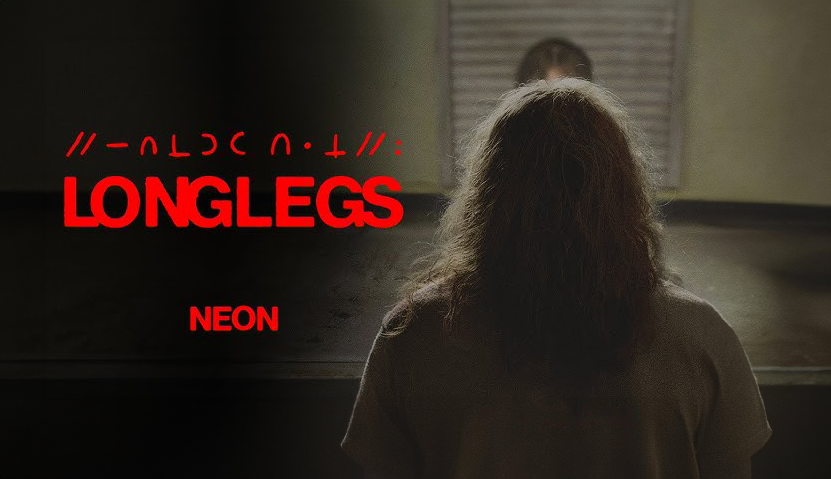
Neon Films released an Insta-teaser for their horror film Longlegs today. Titled Dirty: Part 2, the clip only furthers the mystery of what we are in for when this movie is finally released on July 12.
The official logline is: FBI Agent Lee Harker is assigned to an unsolved serial killer case that takes unexpected turns, revealing evidence of the occult. Harker discovers a personal connection to the killer and must stop him before he strikes again.
Directed by former actor Oz Perkins who also gave us The Blackcoat’s Daughter and Gretel & Hansel, Longlegs is already creating buzz with its moody images and cryptic hints. The film is rated R for bloody violence, and disturbing images.
Longlegs stars Nicolas Cage, Maika Monroe, and Alicia Witt.
'Civil War' Review: Is It Worth Watching?
Follow our new YouTube channel "Mysteries and Movies" here.
News
Exclusive Sneak Peek: Eli Roth and Crypt TV’s VR Series ‘The Faceless Lady’ Episode Five
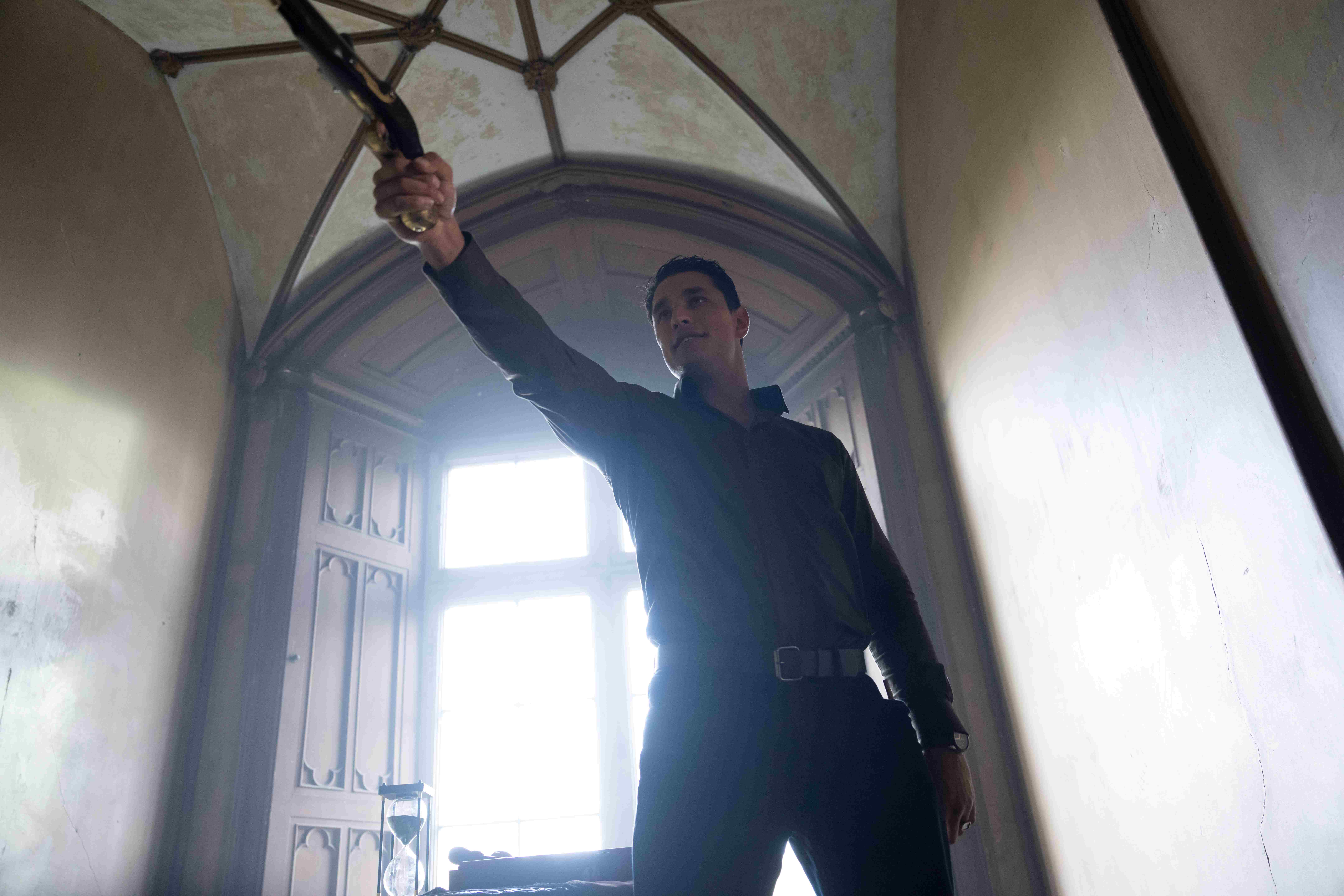
Eli Roth (Cabin Fever) and Crypt TV are knocking it out of the park with their new VR show, The Faceless Lady. For those unaware, this is the first fully scripted VR horror show on the market.
Even for masters of horror like Eli Roth and Crypt TV, this is a monumental undertaking. However, if I trust anyone to change the way that we experience horror, it would be these two legends.

Ripped from the pages of Irish folklore, The Faceless Lady tells the story of a tragic spirit cursed to wander the halls of her castle for all of eternity. However, when three young couples are invited to the castle for a series of games, their fates may soon change.
So far, the story has provided horror fans with a gripping game of life or death that doesn’t look as if it will slow down in episode five. Luckily, we have an exclusive clip that may be able to satiate your appetites until the new premiere.
Airing on 4/25 at 5pmPT/8pmET, episode five follows our final three contestants in this wicked game. As the stakes are raised ever higher, will Ella be able to fully awaken her connection with Lady Margaret?
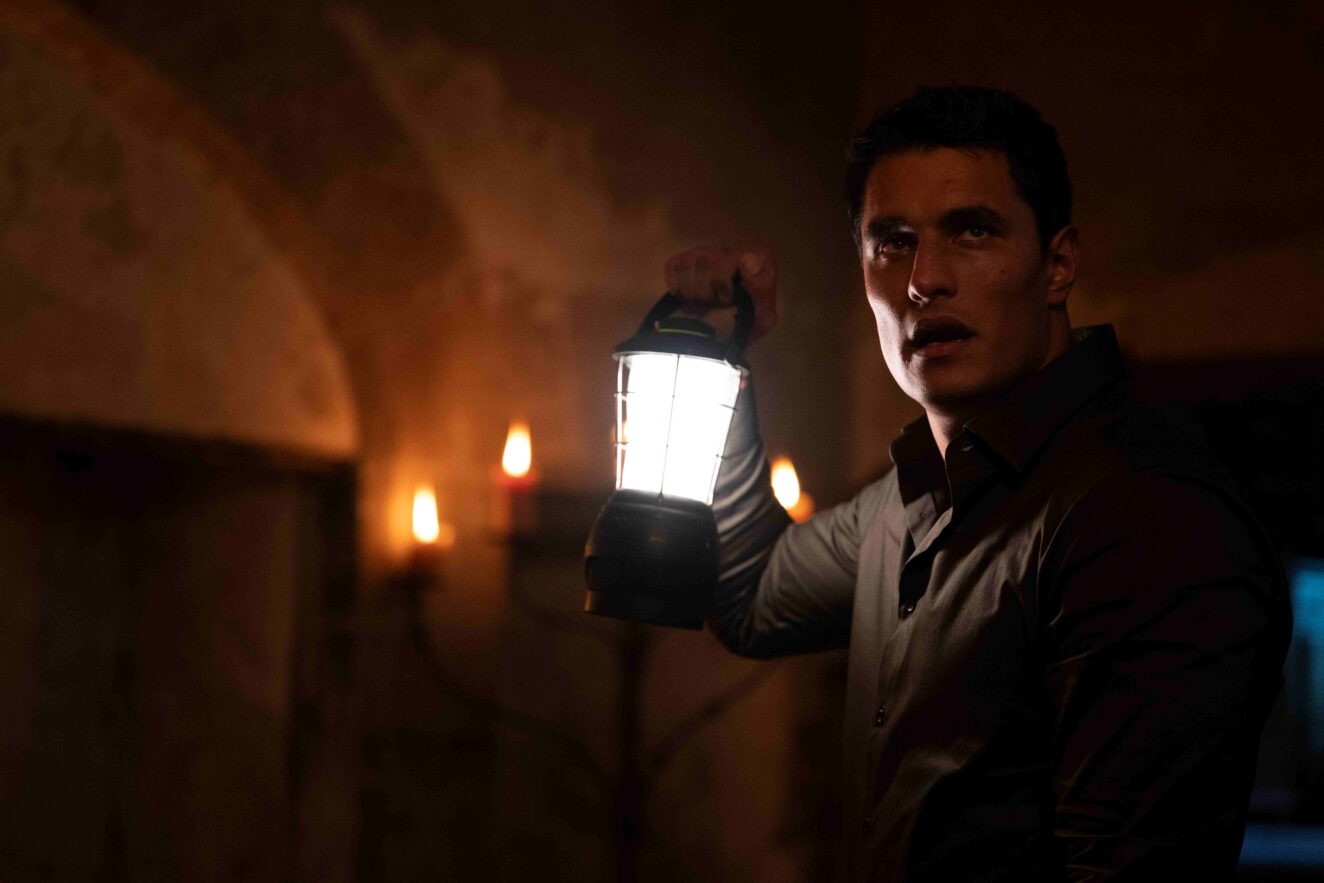
The newest episode can be found on Meta Quest TV. If you haven’t already, follow this link to subscribe to the series. Make sure to check out the new clip below.
Eli Roth Present’s THE FACELESS LADY S1E5 Clip: THE DUEL – YouTube
'Civil War' Review: Is It Worth Watching?
Follow our new YouTube channel "Mysteries and Movies" here.
News
‘Blink Twice’ Trailer Presents a Thrilling Mystery in Paradise

A new trailer for the movie formerly known as Pussy Island just dropped and it has us intrigued. Now with the more restrained title, Blink Twice, this Zoë Kravitz-directed black comedy is set to land in theaters on August 23.
The film is packed with stars including Channing Tatum, Naomi Ackie, Alia Shawkat, Simon Rex, Adria Arjona, Haley Joel Osment, Christian Slater, Kyle MacLachlan, and Geena Davis.
The trailer feels like a Benoit Blanc mystery; people are invited to a secluded location and disappear one by one, leaving one guest to figure out what is going on.
In the film, a billionaire named Slater King (Channing Tatum) invites a waitress named Frida (Naomi Ackie) to his private island, “It’s paradise. Wild nights blend into sun-soaked days and everyone’s having a great time. No one wants this trip to end, but as strange things start to happen, Frida begins to question her reality. There is something wrong with this place. She’ll have to uncover the truth if she wants to make it out of this party alive.”
'Civil War' Review: Is It Worth Watching?
Follow our new YouTube channel "Mysteries and Movies" here.
-

 News6 days ago
News6 days agoWoman Brings Corpse Into Bank To Sign Loan Papers
-

 News5 days ago
News5 days agoBrad Dourif Says He’s Retiring Except For One Important Role
-

 Strange and Unusual5 days ago
Strange and Unusual5 days agoMan Arrested for Allegedly Taking a Severed Leg From Crash Site And Eating It
-

 Movies6 days ago
Movies6 days agoPart Concert, Part Horror Movie M. Night Shyamalan’s ‘Trap’ Trailer Released
-

 Movies6 days ago
Movies6 days agoAnother Creepy Spider Movie Hits Shudder This Month
-
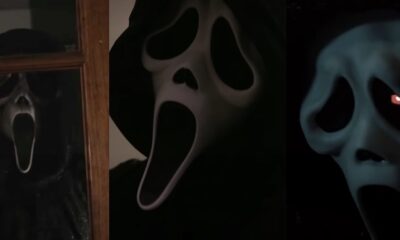
 Editorial5 days ago
Editorial5 days ago7 Great ‘Scream’ Fan Films & Shorts Worth a Watch
-
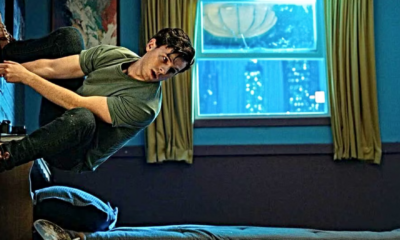
 Movies4 days ago
Movies4 days agoSpider-Man With a Cronenberg Twist in This Fan-Made Short
-

 News6 days ago
News6 days agoSpirit Halloween Unleashes Life-Size ‘Ghostbusters’ Terror Dog
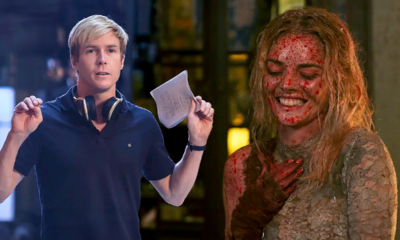



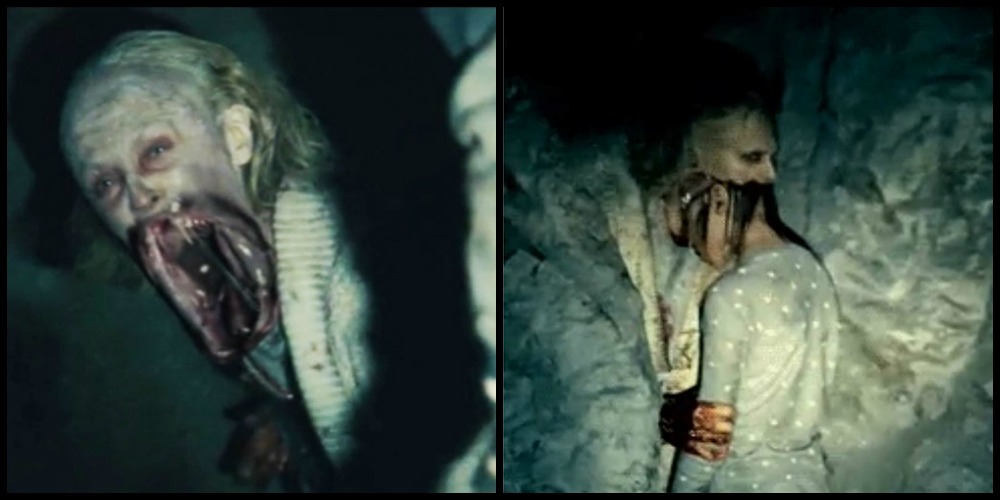





















You must be logged in to post a comment Login